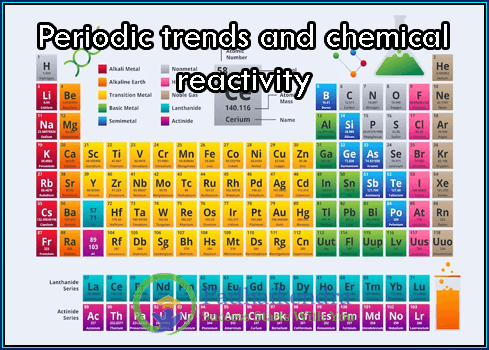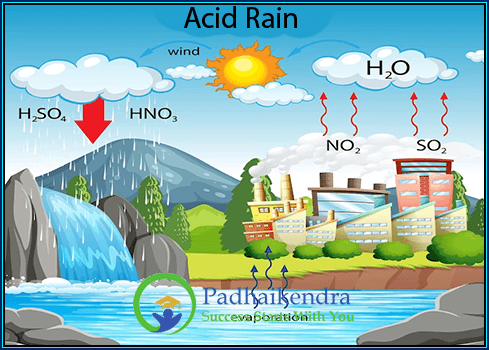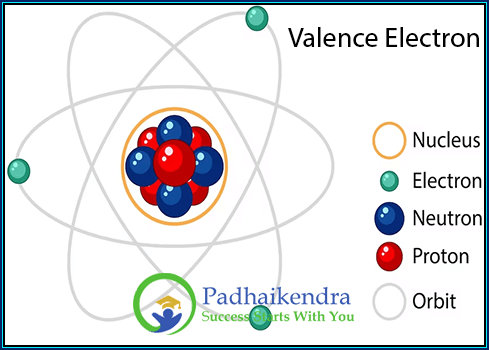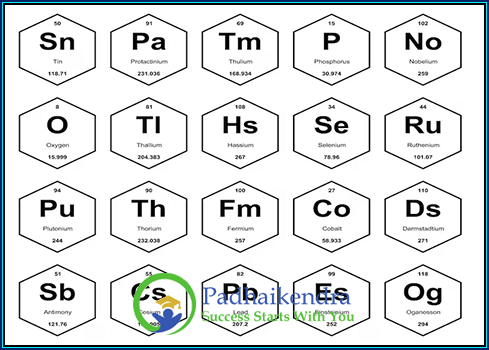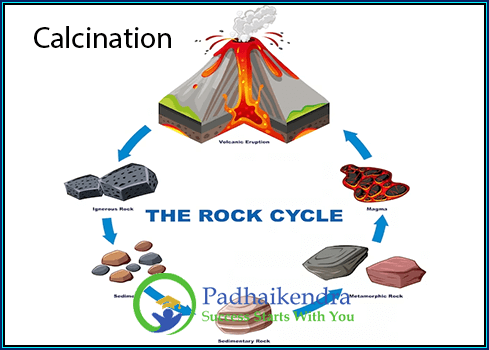Periodic trends can help predict the chemical reactivity of elements. Chemical reactivity refers to the ability of an element to undergo chemical reactions and form compounds with other elements.
 Elements in the same group of the periodic table have similar chemical reactivity, due to the similarity in their valence electron configurations. For example, group 1 elements (alkali metals) have one valence electron, which they tend to lose easily, making them highly reactive and good reducing agents. Group 17 elements (halogens) have seven valence electrons, which they tend to gain easily, making them highly reactive and good oxidizing agents.
Elements in the same group of the periodic table have similar chemical reactivity, due to the similarity in their valence electron configurations. For example, group 1 elements (alkali metals) have one valence electron, which they tend to lose easily, making them highly reactive and good reducing agents. Group 17 elements (halogens) have seven valence electrons, which they tend to gain easily, making them highly reactive and good oxidizing agents.
Elements in the same period of the periodic table have different chemical reactivity, due to the different valence electron configurations. For example, as we move from left to right across a period, the valence electrons become increasingly closer to the nucleus, making the element more electronegative and less likely to lose electrons. This decreases the chemical reactivity of the element.
Additionally, some periodic trends can directly impact chemical reactivity. For example, the ionization energy trend can impact the reactivity of metals. Metals with low ionization energies are more likely to lose electrons and form positive ions, making them more reactive. On the other hand, metals with high ionization energies are less likely to lose electrons and form positive ions, making them less reactive.
Periodic Trends and Chemical Reactivity FAQs
Periodic trends refer to the patterns or variations in the properties of elements as you move across a period or down a group in the periodic table. These trends include atomic radius, ionization energy, electronegativity, and metallic character, among others.
Atomic radius is the measure of the size of an atom. It represents the distance between the nucleus and the outermost electron shell. Generally, atomic radius increases as you move down a group and decreases as you move across a period in the periodic table.
Ionization energy is the energy required to remove an electron from an atom or ion. It is a measure of the strength of the attraction between the nucleus and the electrons. Ionization energy generally increases as you move across a period and decreases as you move down a group in the periodic table.
Electronegativity is the measure of an atom's ability to attract electrons in a chemical bond. It helps determine the polarity of a bond and the distribution of electron density. Electronegativity generally increases as you move across a period and decreases as you move down a group in the periodic table.
Metallic character refers to the extent to which an element exhibits metallic properties, such as the ability to conduct electricity and heat. Metallic character generally increases as you move down a group and decreases as you move across a period in the periodic table.
Periodic trends provide insights into the chemical reactivity of elements. For example, elements with low ionization energy tend to be more reactive as they readily lose electrons to form positive ions. Electronegativity affects the polarity of bonds and the tendency of elements to attract or share electrons in chemical reactions.
Periodic trends are based on the arrangement of elements in the periodic table. The periodic table organizes elements according to their atomic number, electron configuration, and chemical properties. By understanding the periodic table's structure, you can predict and analyze periodic trends and their impact on chemical reactivity.
Yes, there can be exceptions to periodic trends due to factors like electron shielding, nuclear charge, and electron configuration. Some elements may deviate from the expected trends due to their unique electronic structures or other influencing factors.
 Elements in the same group of the periodic table have similar chemical reactivity, due to the similarity in their valence electron configurations. For example, group 1 elements (alkali metals) have one valence electron, which they tend to lose easily, making them highly reactive and good reducing agents. Group 17 elements (halogens) have seven valence electrons, which they tend to gain easily, making them highly reactive and good oxidizing agents.
Elements in the same group of the periodic table have similar chemical reactivity, due to the similarity in their valence electron configurations. For example, group 1 elements (alkali metals) have one valence electron, which they tend to lose easily, making them highly reactive and good reducing agents. Group 17 elements (halogens) have seven valence electrons, which they tend to gain easily, making them highly reactive and good oxidizing agents.
